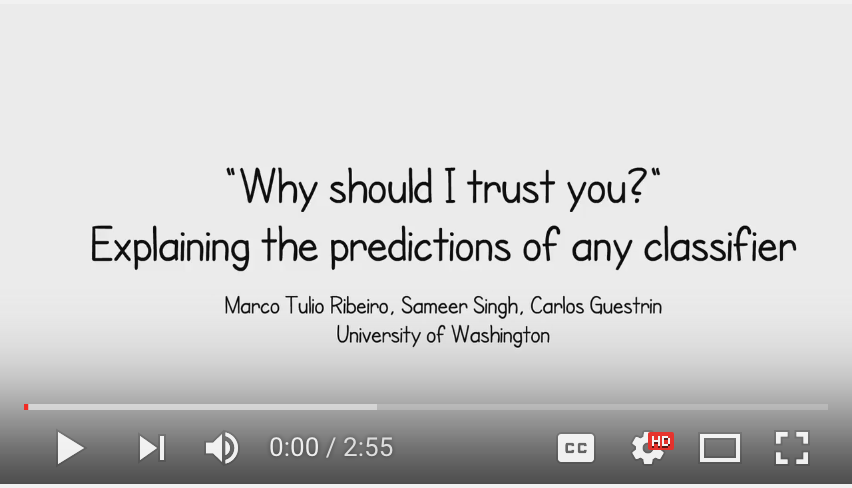L2X
Code for replicating the experiments in the paper Learning to Explain: An Information-Theoretic Perspective on Model Interpretation at ICML 2018, by Jianbo Chen, Mitchell Stern, Martin J. Wainwright, Michael I. Jordan.
Dependencies
The code for L2X runs with Python and requires Tensorflow of version 1.2.1 or higher and Keras of version 2.0 or higher. Please pip install the following packages:
numpytensorflowkeraspandasnltk
Or you may run the following and in shell to install the required packages:
git clone https://github.com/Jianbo-Lab/L2X
cd L2X
sudo pip install -r requirements.txt
See README.md in respective folders for details.
Citation
If you use this code for your research, please cite our paper:
@arxiv{chen2018learning,
title = {Learning to Explain: An Information-Theoretic Perspective on Model Interpretation},
author = {Chen, Jianbo and Song, Le and Wainwright, Martin J and Jordan, Michael I},
journal={arXiv preprint arXiv:1802.07814},
year = {2018}
}






